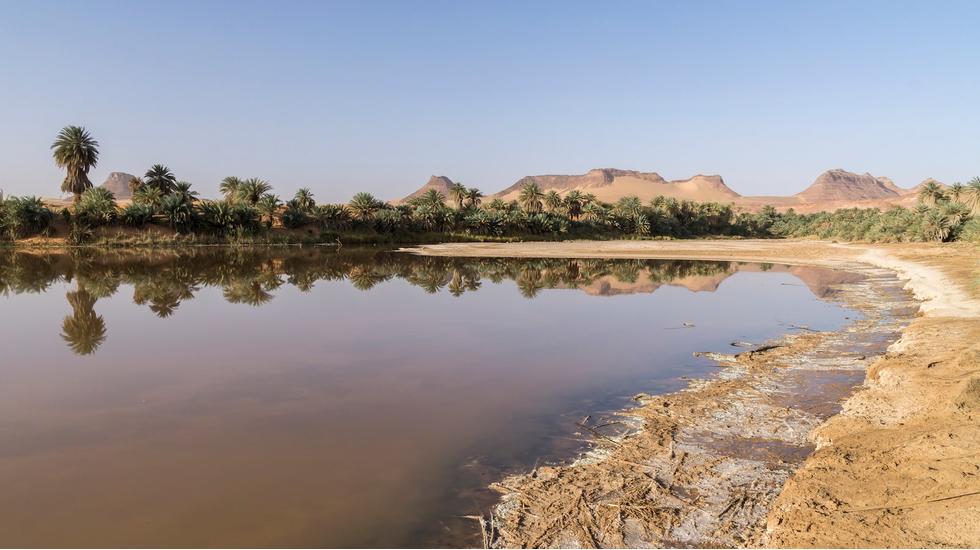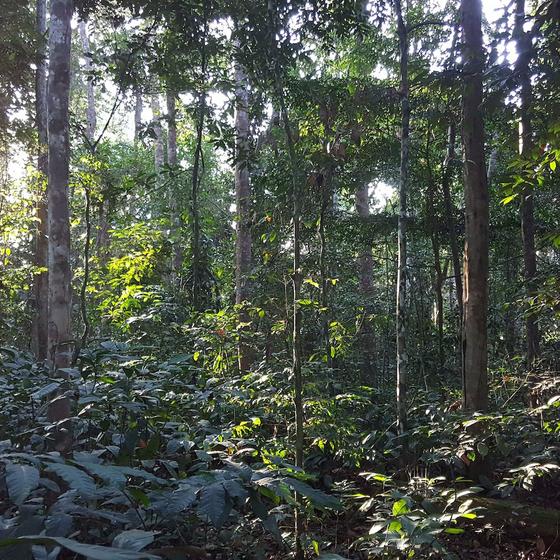Among Africa’s largest countries, Chad’s reputation is shaped by media coverage of its unrest. Gazing beyond the headlines, however, we discover a destination characterised by bountiful wildlife, jaw-dropping landscapes and a lively port capital.
02 December, 2019

Despite
Chad being one of Africa’s largest countries, many
people would struggle to place it on a map. While media coverage
tends to focus on the area’s political instability, poverty and
unrest, if we peer beyond the headlines, Chad is home to some of
the world’s most extreme landscapes, rife with jaw-dropping oases
and bountiful wildlife.
For an adventurous trip, start in the north. Spend days trekking
through the Sahara, in which otherworldly environments stretch
further than the eye can see. Discover the Ennedi Plateau, a
sandstone canyon teeming with prehistoric cave paintings, desert
lakes and stunning rock formations. Hike up the Tibesti Mountains
on the border with Libya to stumble upon Emi Koussi, a shield
volcano that reaches some 3,445m into the sky.
Reward your efforts with a cooling trip to Lake Chad, on the
country’s western side. Africa’s second-largest lake (and one of
the largest freshwater lakes in the world), its waters spill across
Chad into Cameroon, Niger and Nigeria. Be sure to visit Bol, a
small town on the shores of Lake Chad where islands seemingly float
on the water, colourful birds swoop down for a drink and the
occasional hippo paddles around to cool off.
End your trip with a safari through Zakouma National Park.
Although years of civil war and poaching has diminished dramatic
landscapes and lowered the numbers of animals in this area of
tropical grassland, there has been a proliferation of new funding,
restoration projects and non-profit organisations which are working
to change that. Go on game drives for a chance to glimpse herds of
buffalo, antelope, giraffes, elephants, leopards and cheetahs.
… a visit to Chad’s capital city, N’Djamena. Wander through the
streets of this sprawling metropolis to get a taste of Chadian
culture, take a stroll on the shores of the Chari River or pop into
museums and galleries – our favourite is the Chad National Museum,
where you can see a seven-million-year-old skull belonging to a
sahelanthropus, a distant human ancestor.
An intrepid traveller. Chad’s landscapes are vast and can be
tricky to navigate. Moreover, the country is known for political
risings and social instability. Those visiting will undoubtedly be
out of their comfort zone, and should be sure to educate themselves
on how best to handle dangerous situations.
Animal-lovers should come in March
and April,
when thirsty creatures congregate around watering holes.
Culture-seekers, however, should come in September,
when the Gerewol Festival takes place. Here, nomadic tribes take
part in a courtship ritual-turned-beauty pageant in which men cover
themselves in paint and make-up and music fills the air.
Book into Camp Nomade when you embark on your
safari in Zakouma National Park. Designed after traditional nomadic
camps in the Sahel region, it has 10 spacious tents filled with
local carpets and furnishings. All profits are put straight back
into the park itself.
Travellers searching for something off the beaten track.
This Turband printed-linen headband from
Cult Gaia will keep stray locks away from your face as you hike
through canyons and trek through deserts.
From London,
fly to N’Djamena with one or two stop-offs typically in Egypt,
Morocco or Ethiopia.
